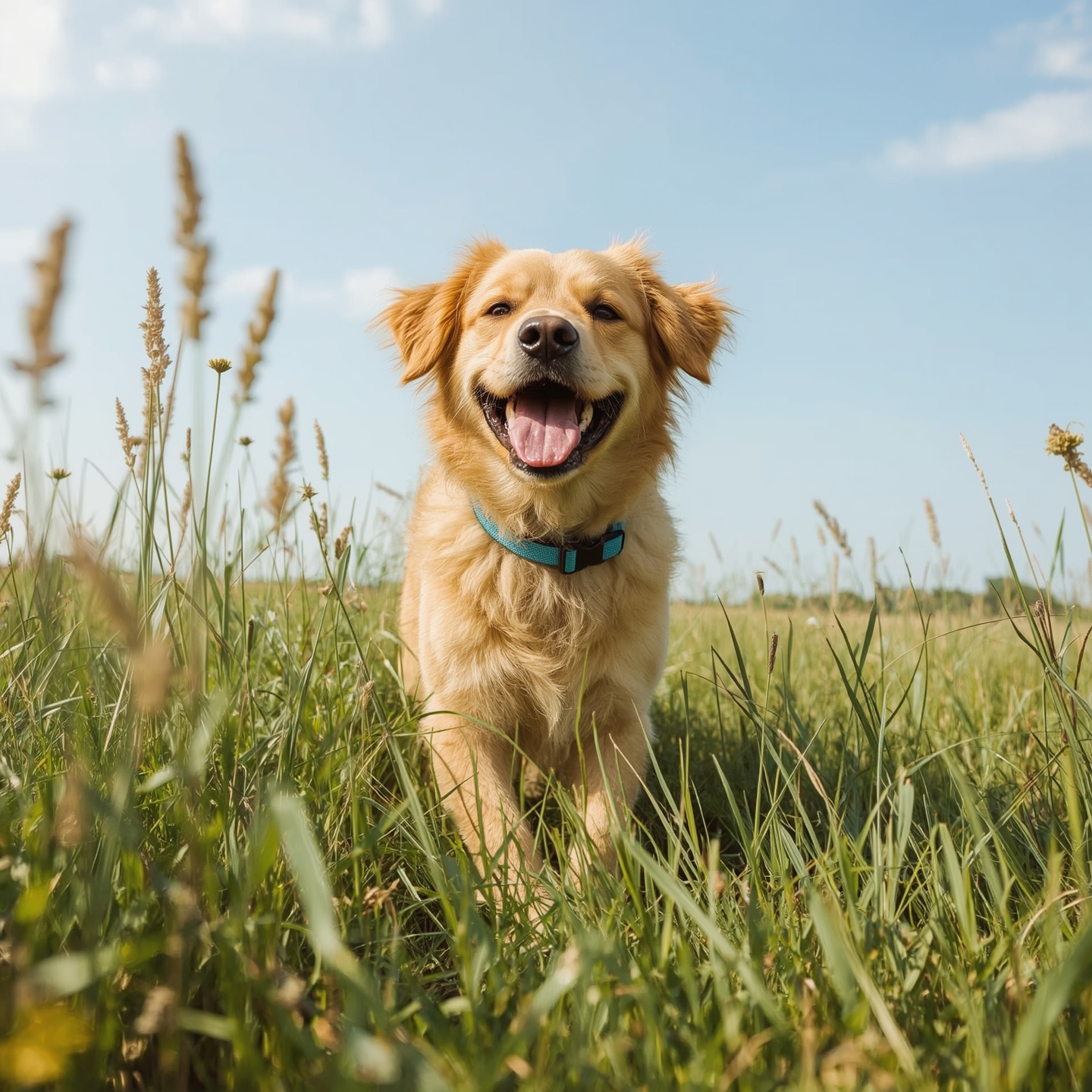Learn how to prevent fleas and ticks on your dog with effective treatments and natural options. Discover top methods to protect your dog from discomfort and diseases.
Preventing fleas and ticks on your dog is crucial to maintaining your pet’s health and comfort. Fleas and ticks are more than just an annoyance—they can cause significant discomfort, spread diseases, and lead to serious health problems. By taking the right precautions and staying ahead of flea and tick seasons, you can protect your dog from these pests.
1. Why Prevent Fleas and Ticks on Your Dog?
Fleas and ticks can cause several health issues for your dog. It’s important to understand why prevention matters:
- Intense itching and allergic reactions: Fleas bite and feed on your dog’s blood, causing intense itching and discomfort. Some dogs may develop allergic reactions to flea saliva, making the situation worse.
- Anemia from blood loss: A severe flea infestation can cause anemia, as the fleas feed on your dog’s blood. This can lead to weakness and other health complications.
- Skin infections: Flea bites and the scratching that follows can lead to open wounds, which can become infected and require veterinary treatment.
- Transmission of diseases: Both fleas and ticks can transmit serious diseases, including Lyme disease, Ehrlichiosis, and other tick-borne illnesses.
2. Top Prevention Methods to Keep Your Dog Safe
There are several effective methods for preventing fleas and ticks on your dog. Incorporating multiple strategies will provide the best protection:
- Use monthly flea and tick treatments (topical or oral): Regular flea and tick treatments are essential in preventing infestations. You can choose from topical treatments, which are applied to your dog’s skin, or oral medications that protect your dog from the inside out. Consult your vet to determine the best option for your dog.
- Keep your yard clean and trimmed: Fleas and ticks thrive in overgrown areas. By regularly trimming your yard and keeping it clean, you can reduce the habitats where pests may live and breed. Consider removing debris and tall grass where ticks may hide.
- Avoid tall grass and wooded areas on walks: Fleas and ticks tend to inhabit tall grass and wooded areas. When walking your dog, avoid these areas as much as possible, especially during peak flea and tick seasons.
- Check your dog daily, especially after walks: Make it a habit to check your dog for fleas and ticks daily, especially after walks. Pay close attention to areas like the ears, neck, and paws. The sooner you catch an infestation, the easier it is to treat.
- Use flea collars or sprays for extra protection: Flea collars and sprays provide extra protection, especially for dogs that spend a lot of time outside. These products offer additional defense against pests and can be used alongside other treatments.
3. Natural Options for Flea and Tick Prevention
In addition to traditional treatments, there are natural options you can use to help prevent fleas and ticks:
- Apple cider vinegar spray: Apple cider vinegar can help repel fleas and ticks when used as a spray on your dog’s fur. Dilute the vinegar with water and spray it on your dog before going outside. It’s a natural option that works well for many dogs.
- Essential oil blends: Certain essential oils, like lavender or eucalyptus, are known to repel fleas and ticks. However, always check with your vet before using essential oils on your dog, as some oils can be toxic to pets. Only use vet-approved blends for safety.
- Brewer’s yeast supplements: Adding brewer’s yeast to your dog’s diet can help repel fleas naturally. This supplement is rich in B-vitamins and can help your dog stay protected from pests.
Golden Tip: Start Prevention Early in the Spring
To ensure maximum protection, start flea and tick prevention in early spring, before flea and tick season peaks. This will help prevent an infestation from taking hold and ensure your dog remains protected all season long.
Conclusion: Keeping Your Dog Flea- and Tick-Free
Preventing fleas and ticks on your dog is essential for their health and well-being. By using the right treatments, maintaining a clean environment, and incorporating natural options, you can protect your dog from discomfort and disease. Regular checks and early prevention are key to keeping your dog safe and happy.
Read More


